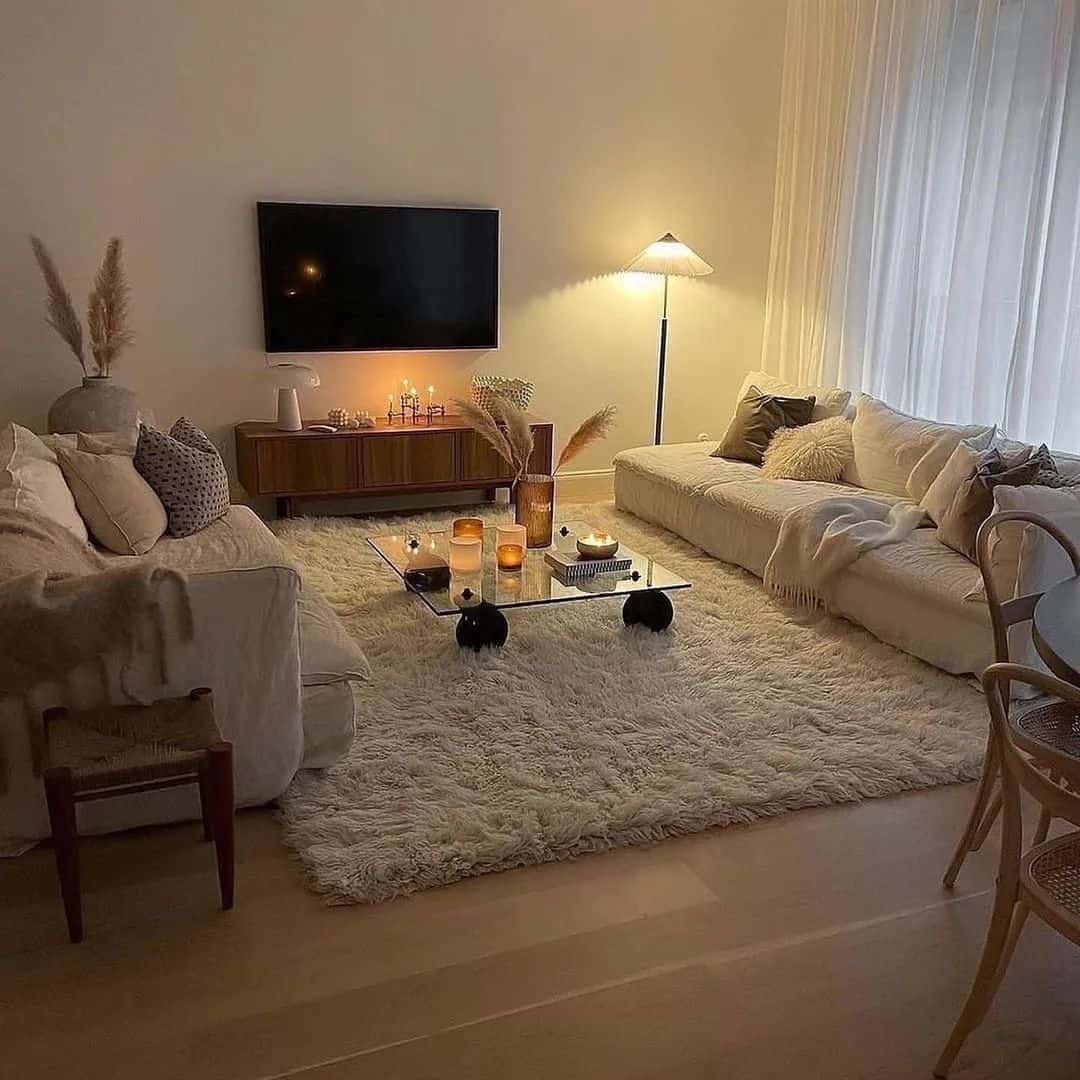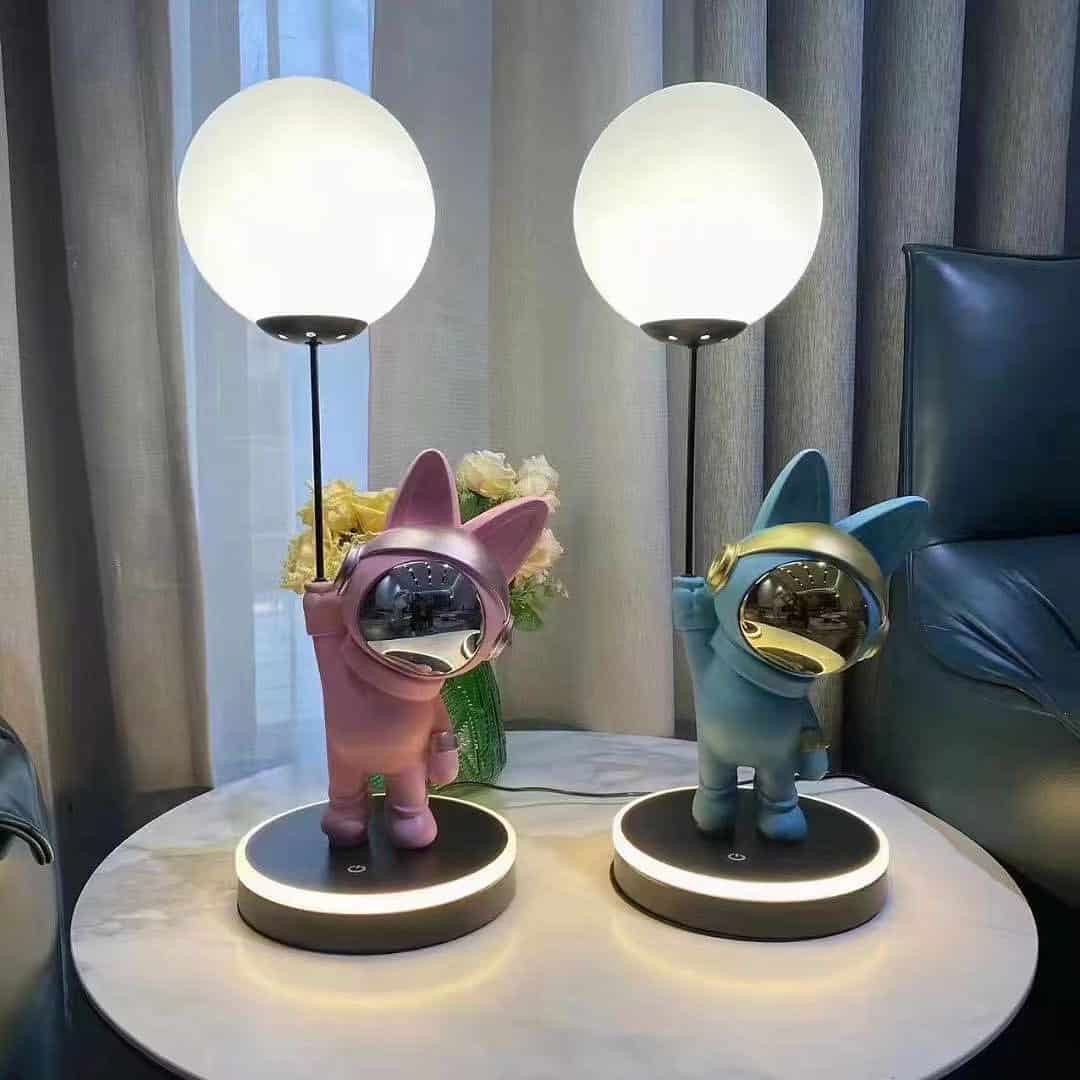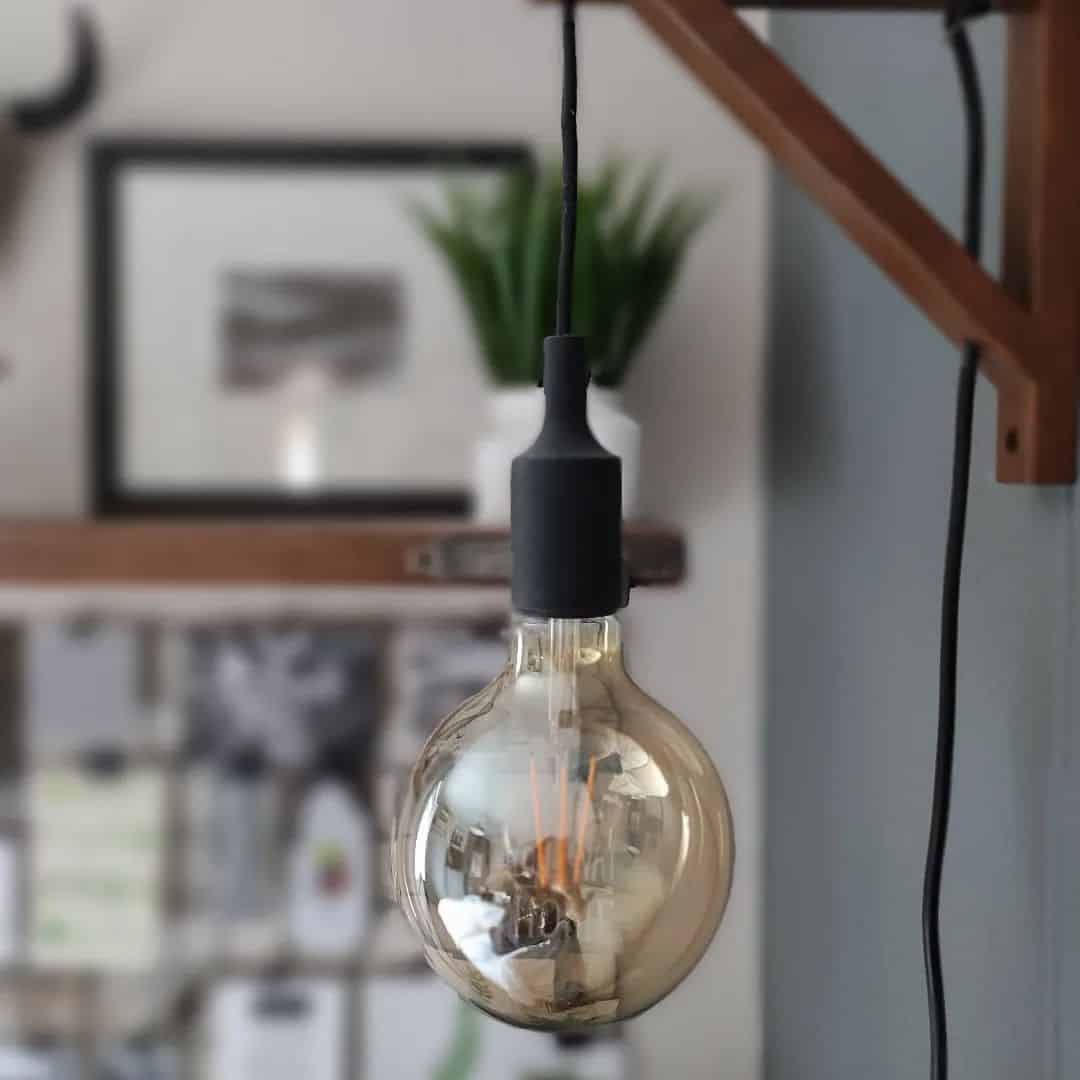Are you looking for the best type of lighting for your home? There are several shades in the color spectrum that would probably make your decision-making a challenge. But don’t worry because we will make it easier for you by dividing the two major classifications of color temperature, and that is—3000k vs 4000k.
In this guide, you get a grasp of how these two differ from one another. More so, we will discuss what lighting temperature is all about.
Delving into the technicalities of light temperature
Light temperature refers to the light that is emitted from light bulbs. Often than not, it is associated with the color temperature because the temperature largely impacts the shade you’ll see from the bulb.
Accordingly, the light temperature is being measured in Kelvin (k), following a scale of 1000 to 10000. To give you an overview, the lighting used for residential spaces and commercial applications settles between 2000k to 6500k. From there, you’ll know that 3000k or 4000k can be utilized for these light fixtures.
Differentiating 3000k and 4000k
When it comes to choosing the lighting for your household, you might be torn between 3000k or 4000k. These two are actually the most popular lighting options yet they vary in various aspects. Therefore, it’s crucial that you know the difference between the two.
What is 3000k?
In the spectrum of color temperatures, 3000k refers to soft white or warm light. This means you’ll be seeing a hint of yellow or warm colors at this level. Because of the warm color temperature, 3000k is widely used for indoor spaces.
And with the banning of incandescent light bulbs, those who are fans of these bulbs now opt for 3000k. Fascinatingly, 3000k lights are better alternatives with cheaper energy and maintenance costs. Likewise, these are less harmful to the environment.
Compared to an incandescent light bulb, 3000k is much whiter, gearing towards earthy settings. Colors that come with a brownish hue complement well with the warm white lighting. This is the main reason why interior designers suggest using 3000k for areas that need a more natural light finish.
The warm tones enhance the setup, providing a better finish to the indoor layout. The yellowish shade also harmonizes with wood grain designs and fixtures, hence a great choice for vintage interiors or traditional homes.

Another key aspect of 3000k is the warm hue that makes it less straining for the eyes. As a result, it is highly recommended for bedrooms and sections where you need to relax. And since 3000k light exudes yellow hues, this might not be suitable for white kitchens or areas that need clearer light for working.
Anything that is lower than 3000k can have a significant yellow tone. Therefore, you may try to avoid these bulbs for white spaces as these can cast a warm and unappealing effect on the overall aesthetics of the room. In a nutshell, these are the core features of 3000k:
- Gravitates toward warmer color temperature
- Minimal eye strains due to the warm tone
- Popular among traditional homes
- Suitable for bedrooms or relaxing spaces
What is 4000k?
4000k LED bulbs are the opposite of warm color temperature. These lean towards the bright white light, providing cooler color tones that are not too yellow and not too blue. With the cool light white, this cool white color temperature is likened to natural sunlight, particularly during the morning or afternoon.
However, it should be noted that comparing color temperatures with daylight can be complicated. It’s because natural daylight differs accordingly, factoring in various elements like the time of day and even the season and the weather.
Moreover, the human visual system adjusts to ambient lighting environments. With such adaptation to lighting conditions, the appearance of light significantly depends on what your eyes have normalized. For instance, your living room has 3000k LED lighting while the kitchen has 4000k.
When you walk from the living room to the kitchen, you’d be seeing cool white light as soon as you enter the kitchen. This is particularly evident during evening hours when there is no direct sunlight. Furthermore, if your kitchen does not have plenty of windows, 4000k lamps would be the best option.
Why? It’s because a 4000k LED bulb produces a clearer mix of light with the right amount of blue and yellow tones. That is why this lighting is highly recommended in kitchens, where you need to prepare food safely. It is also ideal for bathrooms and works spaces that require good lighting.
If you want a whiter tone, 5000k is recommended. One important thing to consider is that anything above 5500k can now emit a slight hint of blue tone. Therefore, it’s not that widely used for kitchens and bathrooms, unless you want to produce a very bright hue that may be a bit bothersome.

Contemporary homes and commercial structures also make use of this neutral light temperature to provide better clarity during morning and afternoon hours. Although this particular light is on the middle ground of the light color temperature, there may be certain disadvantages.
The cool light white can cause strain, especially with continuous usage during the night. As a result, this may not be highly effective in bedrooms or spots where you need to relax. To summarize, below are the special characteristics of 4000k light bulbs:
- Provides a cooler white tone
- Recommended for kitchens or areas with white surfaces
- Best for contemporary homes
- Not suggested for fixtures with wood finishes
Understanding how color temperature affects the overall aesthetics and even your mood
Picking the color temperature is highly associated with your own preference. And it’s true that many people choose lighting in accordance with the overall style. As mentioned earlier, 3000k bulbs are the best option for traditional homes or those who prefer vintage or earthy interiors.
Meanwhile, 4000k can be a remarkable choice for contemporary homes or spaces that are loaded with white sections. Along with the aesthetics, the color temperature also affects the mood of the people within the room.
In general, lights that are within the low color temperature scale activate your melatonin hormone. This particular hormone is produced as a reaction to darkness, hence an essential part of the sleep cycle and circadian rhythms. As a result, 3000k is ideal for bedrooms to help you relax and make you feel sleepy.
On the other hand, high color temperature triggers the release of your serotonin hormones, which is the opposite of melatonin. As the hormone that boosts your senses and elevates your energy level, this is the reason why 4000k is good for kitchens or working spaces.
Deciding what color temperature to choose―3000k or 4000k?
Now that you have an in-depth idea of how the color temperature, try to evaluate your choices accordingly. Make sure that you take into account the information above and go over the suggestions to help you with the decision-making.
But of course, the choice is yours. Always remember that color preferences vary from one person to another. It means that a certain shade of color may appear good to you but not likable to other people. Therefore, you should assess the lighting needs of the people around you.
Likewise, the elements present in the home’s interior as well as the environment in general are crucial. So, before you make your pick, consider all relevant factors to save money and time.
Either way, both 3000k and 4000k lighting bulbs are widely used in residential houses and commercial spaces. It’s just a matter of what looks best and what benefits you the most. So, in the next section, we will give you some information and key tips about the costs of LED bulbs.

Preparing your budget in advance
Since incandescent bulbs are already in the midst of being phased out, the usage of LED bulbs has soared recently. Generally, these are pricier compared to incandescent bulbs. However, there are a lot of aspects that affect the pricing.
When it comes to the color temperature, LED lights with kelvin are more expensive. Aside from that, a higher lumen means a brighter output, which then impacts the high price of the bulb. And if you opt for high-quality materials from famous brands, you can expect a costlier tag.
GE, Philips, and Cree are some of the most popular brands in the market that may be a bit expensive compared to generic brands. If you choose nameless brands, of course, of course, these are cheaper. On the downside, it may not work seamlessly or may not even last long compared to reputable names.
Now, for the electricity cost, this largely depends on the location. Living in places with high electricity costs entails higher energy whereas areas with lower electricity rates enjoy cheaper electricity bills. So, be sure to cover these factors thoroughly for you to maximize your purchases.
Conclusion
Clearly, picking a light bulb color depends on your needs and personal preference. If you’re not sure about your choices, you can get help from experts. Hire an interior designer to give you more insights about the selection process and to ensure you choose the best one for your home.
